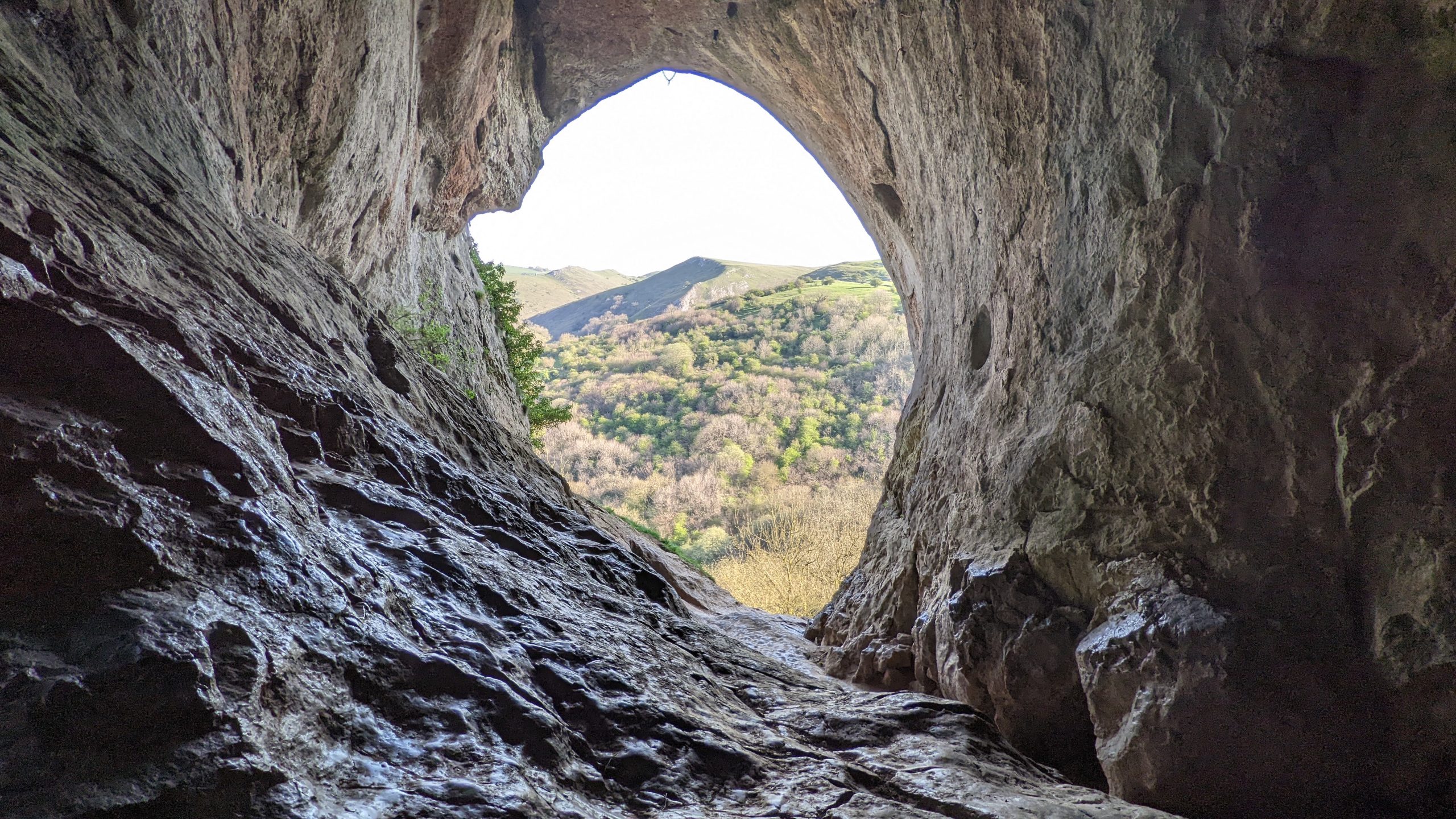Thor’s Cave, nestled in the Manifold Valley within the Peak District National Park, stands as a natural cavern of significant historical interest. Known for its large arching entrance and impressive internal chamber, it’s a site that has captured human imagination for millennia. The cave, visible from miles around, has been a subject of fascination, with evidence of human activity dating back to the Paleolithic era. Artifacts found within suggest it was once a place of habitation or ritual, and its commanding views over the valley below imply strategic importance. Today, it’s a popular destination for hikers, historians, and those intrigued by its mysterious past.
Get your dose of History via Email
Historical Background of Thor’s Cave
Thor’s Cave, also known as Thor’s House Cavern and Thyrsis’s Cave, was first documented in the 18th century. However, its history stretches back much further. The cave’s human connection dates to at least 10,000 BC, as evidenced by the discovery of tools and remains. It was named after the Norse god Thor, but there’s no direct link to Viking activity in the area. The name likely reflects the 19th-century interest in Norse mythology.
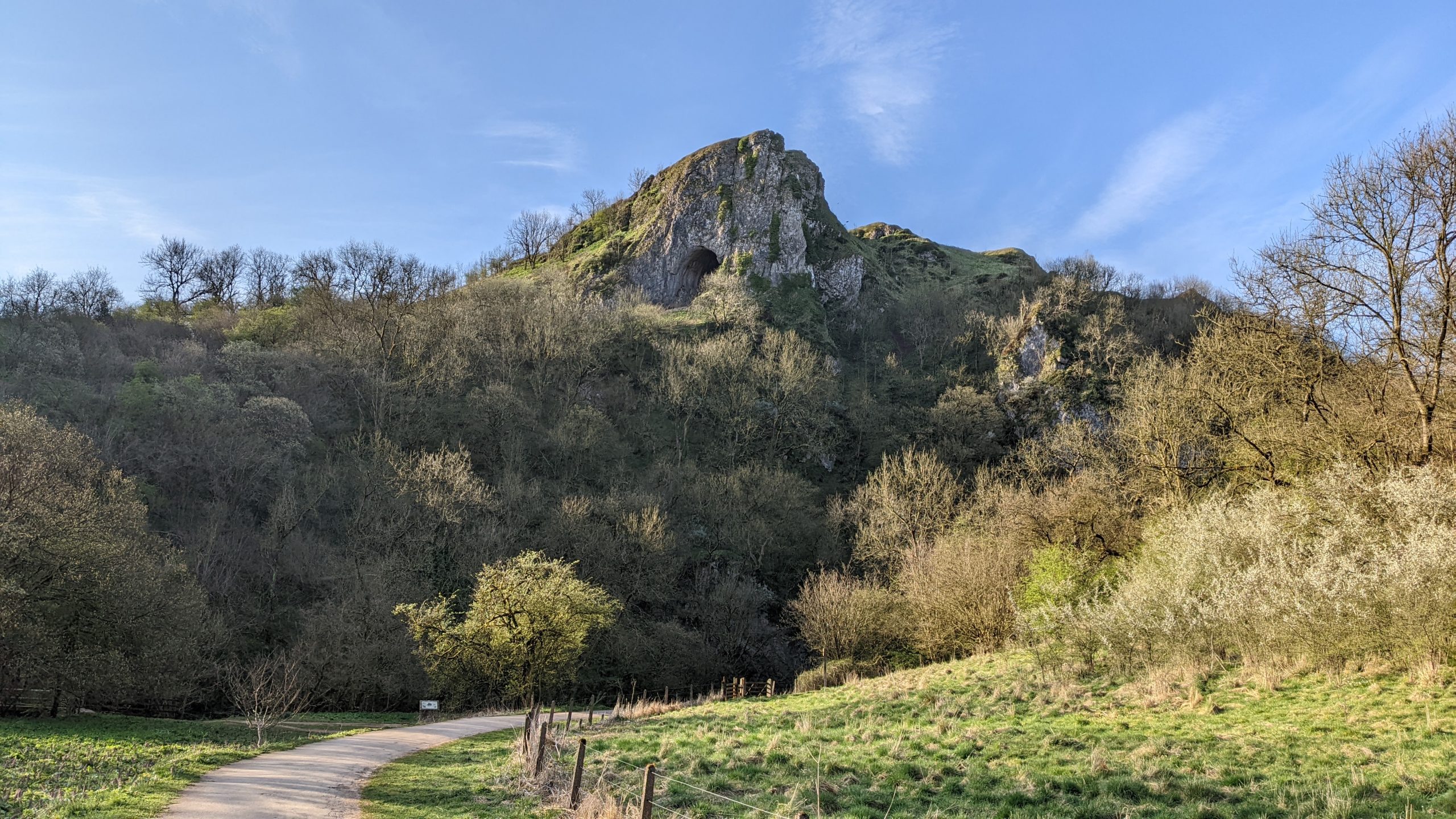
The cave was discovered by modern archaeologists in the 19th century. Thomas Bateman, an early archaeologist, excavated the site in 1844. He unearthed human and animal bones, flint tools, and pottery, indicating long-term occupation. The cave’s large entrance and inner chambers would have provided shelter for ancient peoples.
Throughout history, the cave has seen various uses. It served as a shelter for local tribes and later as a hermitage. During the Victorian era, it became a tourist attraction. The cave’s elevated position also suggests it may have had strategic significance, offering extensive views of the surrounding landscape.
Thor’s Cave has not been the scene of any major historical events recorded in texts. However, its continuous human use over thousands of years makes it historically important. The artifacts found within provide valuable insights into the lives of its prehistoric inhabitants.
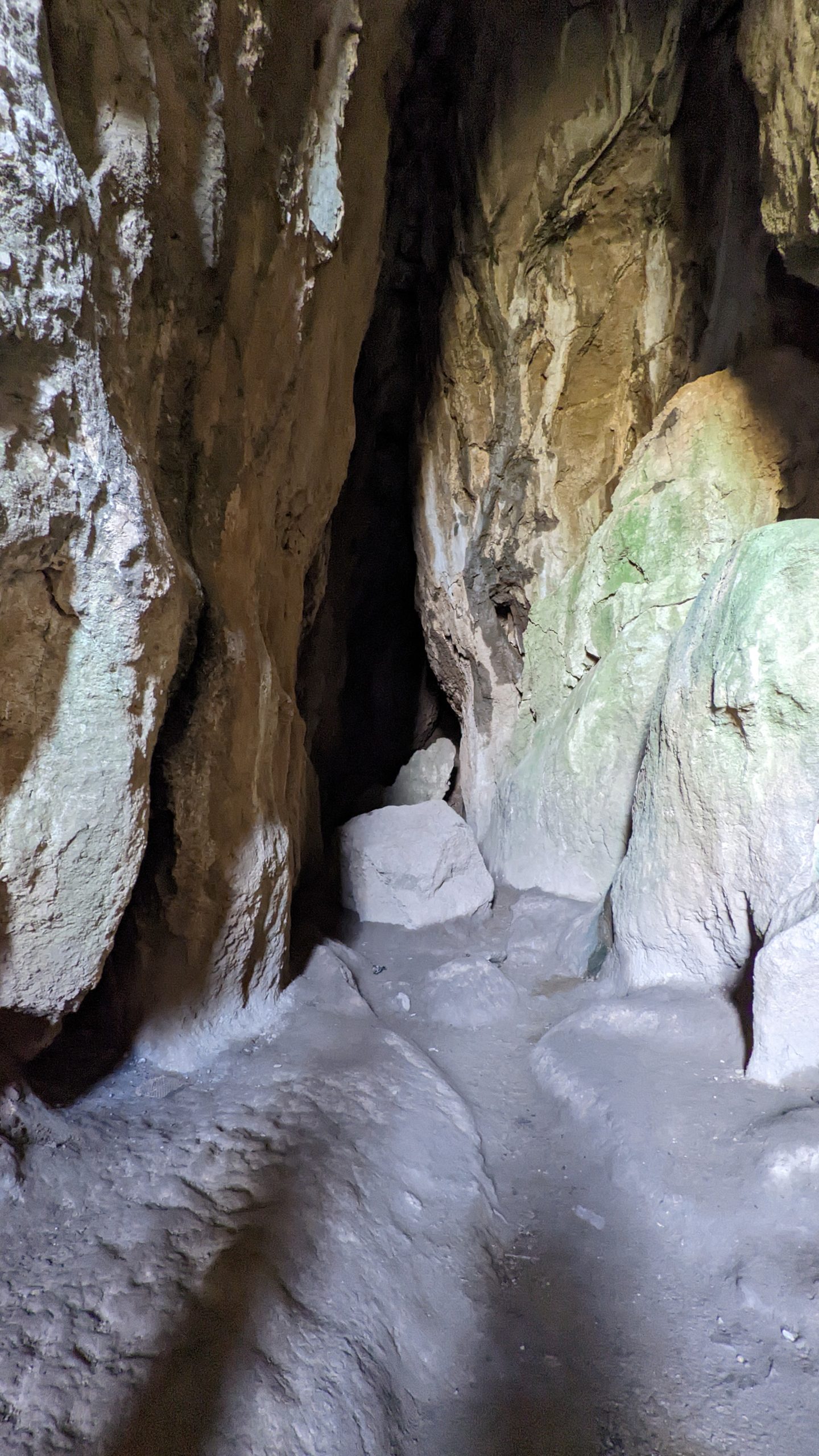
While not built in the traditional sense, the cave’s formation is a result of natural processes. Over time, water eroded the limestone, creating the cavern we see today. Its formation and human use make it a significant archaeological site in the Peak District.
About Thor’s Cave
Thor’s Cave is a natural limestone cavern with a striking facade. The entrance arch is around 7.5 meters high and 10 meters wide, making it an imposing natural gateway. Inside, the main chamber rises to 10 meters in height, with several smaller chambers connected to it.
The cave’s structure is the result of water erosion over millions of years. The limestone rock, characteristic of the Peak District, was gradually worn away. This process formed the caverns and passageways that exist today.
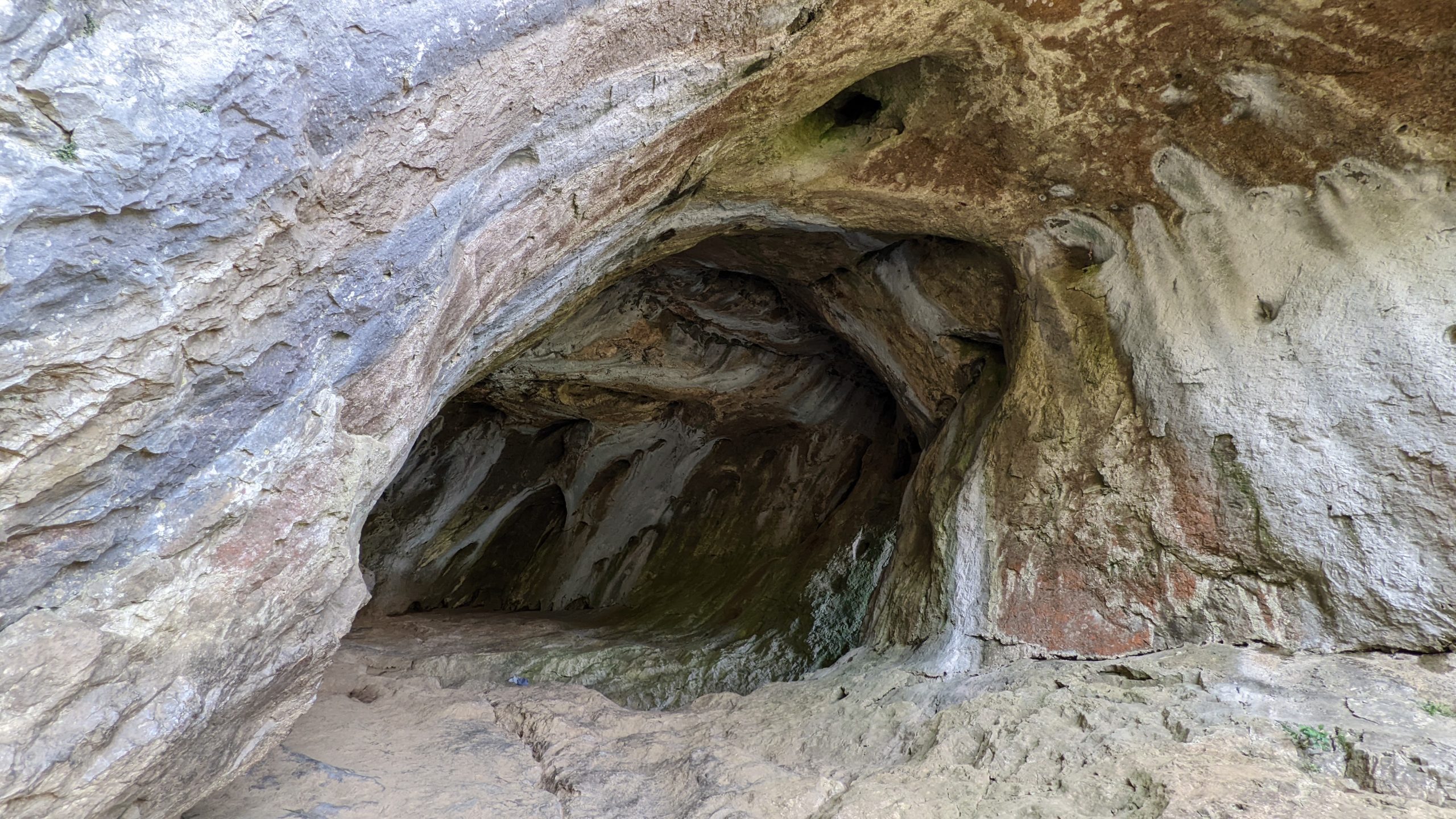
Inside, the cave features stalactites and stalagmites, along with flowstones. These formations add to the cave’s otherworldly atmosphere. The natural acoustics within the cave also enhance its mystical feel, which may have contributed to its use in ancient rituals.
Visitors to Thor’s Cave can observe the remnants of its past. The floor of the cave contains excavated pits from previous archaeological digs. These digs have revealed a wealth of artifacts that tell the story of the cave’s past inhabitants.
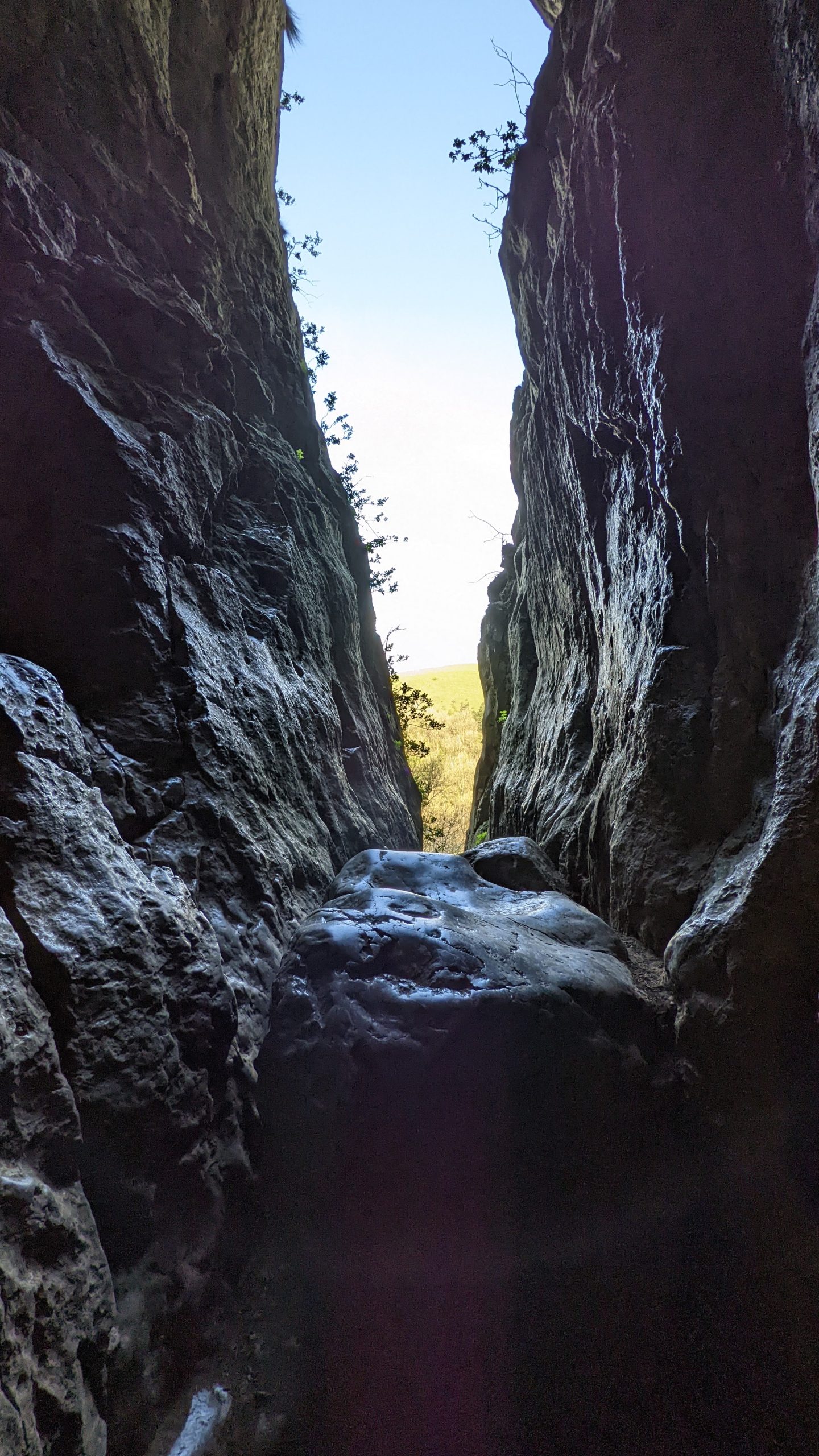
The cave’s location in the Manifold Valley offers panoramic views of the surrounding countryside. This natural vantage point would have been invaluable to ancient peoples for both practical and ceremonial purposes.
Theories and Interpretations
Thor’s Cave has been the subject of various theories regarding its use. Some suggest it was a place of worship or ritual due to its impressive natural architecture and acoustic properties.
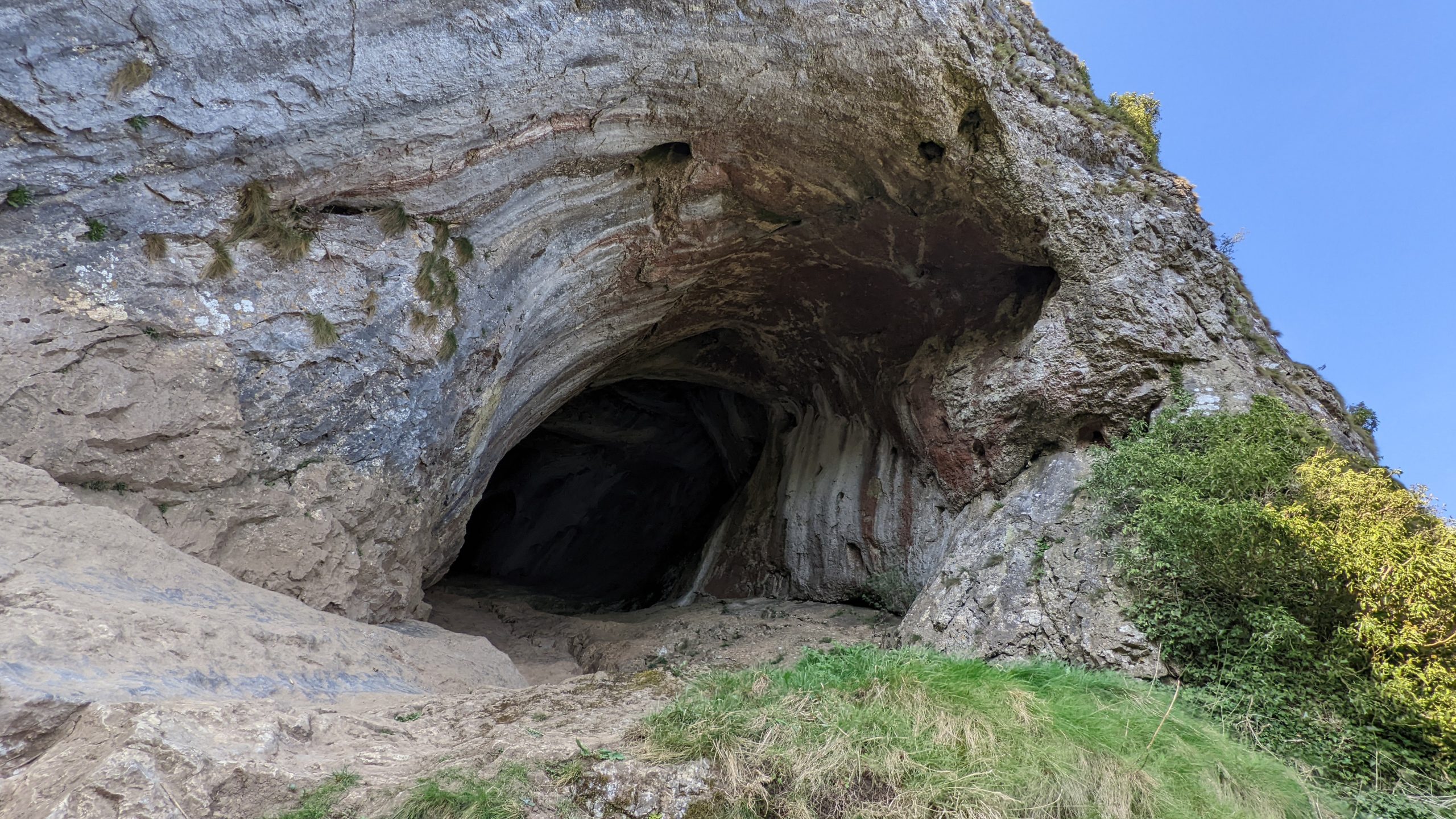
Artifacts found within the cave indicate it was used for habitation. Flint tools and pottery suggest a domestic use at some point in its history. The presence of human and animal bones also points to its use as a burial site or for ritualistic purposes.
The cave’s name and its association with the Norse god Thor is a later interpretation. There is no archaeological evidence to suggest Norse worship at the site. The name likely stems from the Victorian fascination with mythology and the romanticism of the past.
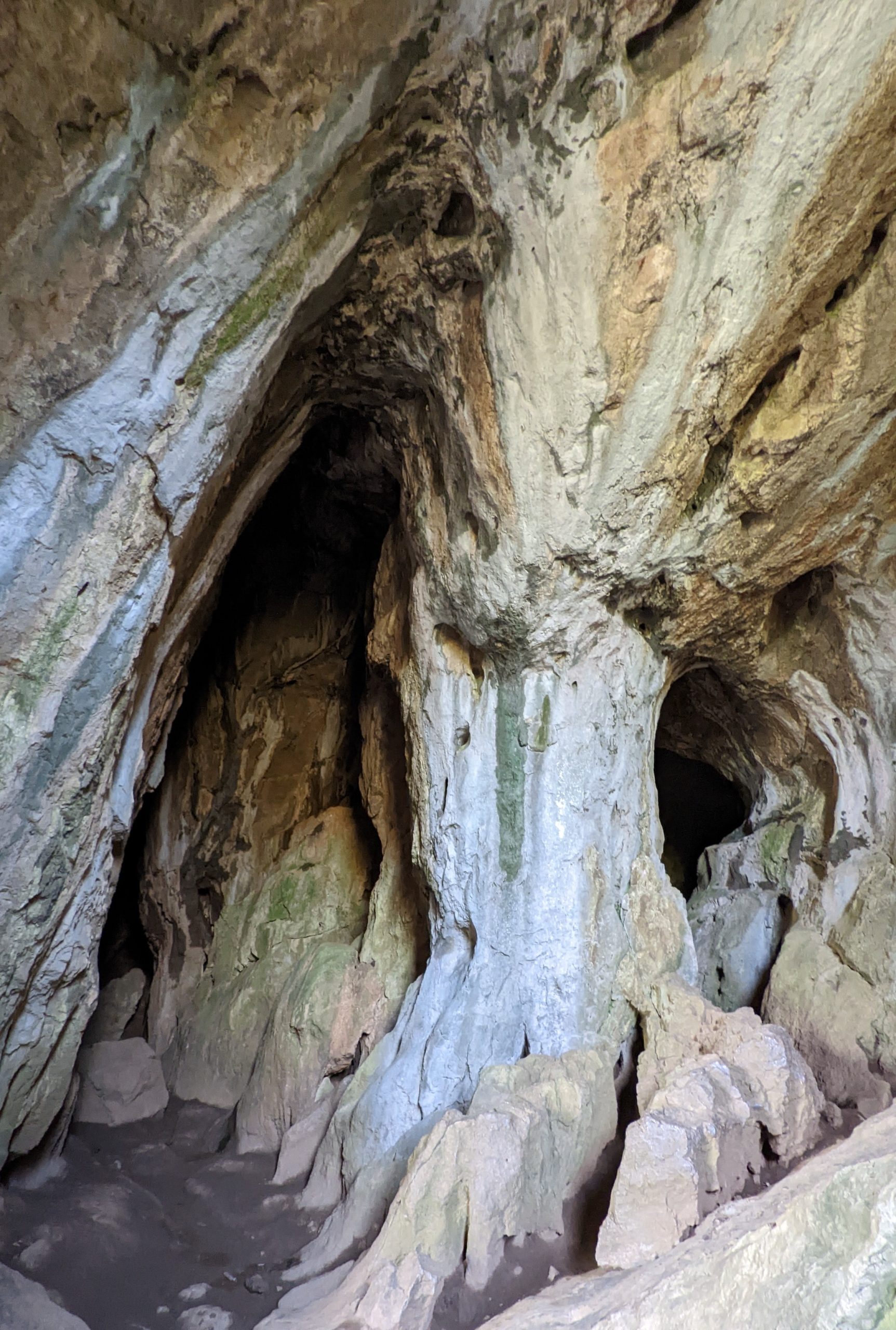
Archaeological dating of the site has been carried out using radiocarbon dating methods. These have confirmed human activity in the cave from the Upper Paleolithic to the post-medieval period. The wide range of artifacts found suggests the cave was used for various purposes over thousands of years.
Despite its archaeological significance, many aspects of Thor’s Cave remain a mystery. Its full historical narrative is yet to be uncovered, leaving room for interpretation and continued research.
At a glance
- Country: United Kingdom
- Civilization: Various, from Paleolithic hunter-gatherers to post-medieval inhabitants
- Age: Evidence of human activity from at least 10,000 BC

